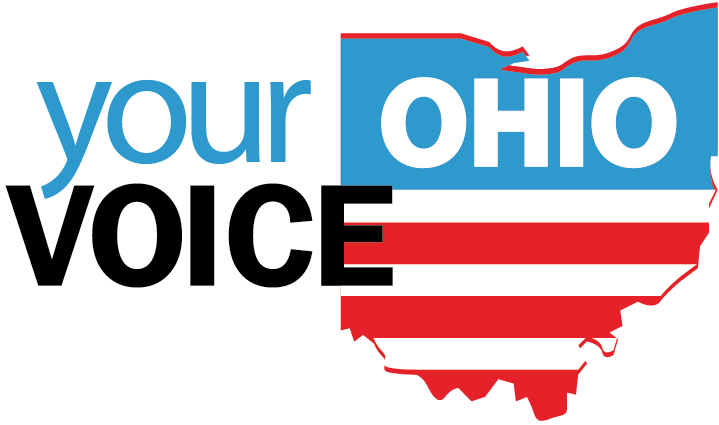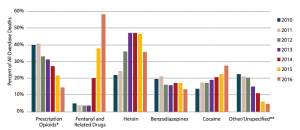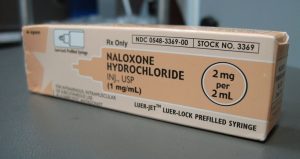Late last year, Ohio State University’s C. William Swank Program in Rural-Urban Policy conducted a …
Taxing Opioids
We have explored the role pharmaceutical companies have played in our current opioid crisis and …
The Role of Pharmaceutical Companies
Of all unintentional overdose deaths in Ohio in 2016, 20.6 percent had an opioid prescription in the …
Exploring the Data Behind the Opioid Epidemic
What proportion of the population has been directly affected by the opioid epidemic? What does an …
How Opioid Addiction Works
Over the course of our community conversations around Ohio, we've heard many different questions …
Harm Reduction – Part 2: Overdose Education & Community Naloxone Distribution
One approach to preventing opioid overdose fatalities is to provide overdose education and naloxone …
Harm Reduction – Part 1: Heroin Clinics & Syringe Exchange Programs
The next two weeks we will be analyzing different components of harm reduction responses to the …
Reassessing Law Enforcement’s Approach to the Opioid Epidemic
This week, we took a look at various studies which assess the scientific basis of law enforcement …
What does effective treatment look like? Breaking down the Risk-Need-Responsivity Model
Drug courts are redefining how we approach the opioid epidemic, by putting it in context of a health …
Medically Assisted Treatment: what’s healthy, effective, and affordable?
Research concerning opioid maintenance therapy in the U.S. began in 1962 when the Health Research …
Drug Courts vs. Business-as-Usual: exploring the effectiveness of a new system
Ohio currently has a total of 124 drug courts. However, these courts are only in 42 out of the 88 …















